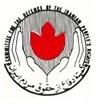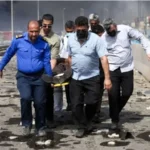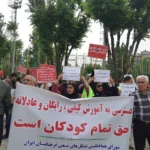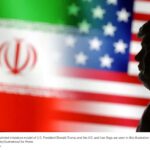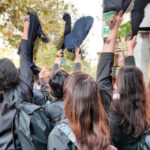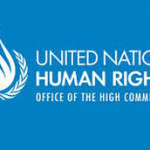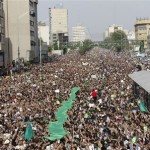
Women across Iran have bravely taken to the streets to demand liberation from state repression and justice for Jîna Emînî, a 22-year-old Kurdish woman murdered by the “morality police.”
By Azadeh Shahshahani and Yosi Badie
SEPTEMBER 28, 2022
Iran’s “morality police” murdered Jîna Emînî, a 22-year-old Kurdish woman, for wearing an “improper hijab.” They killed her because she was Kurdish and because she was a woman. The hashtag #MahsaAmini is trending, but we should address this injustice appropriately: by the name Jîna’s family gave her. Mahsa is the name imposed on her by the Islamic Republic, a government that oppresses minority groups such as the Kurds and bans the use of Kurdish names in many cases. Jîna’s identity as a Kurdish woman should not be erased. “Jin Jîyan Azadî,” or “Women, Life, Freedom” in Kurdish, has become the slogan of the movement in Iran, but Western media has failed to honor its full significance. It’s a demand for women’s liberation emerging from the Kurdish Freedom Movement.
On September 16, Jîna died in police custody, two days after suffering a stroke and cardiac arrest following a beating by Tehran’s morality police—formally known as Gasht-e Ershad or the Islamic guidance patrol.
Fars News, a semi-official news agency of the Iranian government, quoted an unnamed source who said Emînî suffered from epilepsy and diabetes and had a brain tumor operation when she was 5. Her family denies these claims and says she was in perfect health and suffered from no preexisting conditions. While police say that they never hit Emînî, photos of her face in the hospital show discoloration around her ears that are consistent with physical blows. Emînî’s family also accuse police of beating her and of selectively editing the video released of the interaction. Various entities in the Iranian government have since ordered probes supposedly to investigate the matter.
Kurdish women and women across Iran have bravely taken to the streets to demand justice for Emînî and freedom from state repression and patriarchy. Their resistance is met with police brutality. Iran’s President Ebrahim Raisi has pledged to deal “decisively” with the protests. His warning comes as social media videos show protesters back on the streets despite a crackdown that has killed at least 41 people, including several children. Hundreds of people have also been arrested, and the true death count is uncertain because Internet access is restricted. On Sunday, security forces shot dead 20-year-old Hadis Najafi.
While some have attempted to characterize the protests as anti-Muslim or as a call for reinstating the monarchy (taking to social media to post orientalist photos of women in miniskirts in prerevolutionary Iran), others have attempted to give credit for the bravery of the women on the streets to others. These claims are false. The protests in Kurdistan and across Iran, like in India, call for respecting a woman’s autonomy and the right to choose what to do with one’s own body, whether it is to cover it with the hijab or not. Protesters are chanting, “Down with the oppressor, whether it is a shah or a rahbar,” condemning both the prerevolution Pahlavi dictatorship and the Islamic Republic.
These demonstrations are arguably the most significant protests in over a decade. The government has violently suppressed previous uprisings as well. It responded to the November 2019 protests, when rising gas prices led to the most sweeping and violent riots since the revolution, by shutting down the Internet for several days and by allowing security forces to open fire on protesters. More than 300 people were killed, and the demonstrations were quelled within days. A similar pattern occurred when protests swept Iran in 2009 after the fraudulent reelection of Mahmoud Ahmadinejad. State forces along with the Revolutionary Guards and the Basij arrested, beat, and killed protesters then too.
Emînî’s arrest and murder follow the recent election of Ebrahim Raisi, who has worked to undo many of the policies of his reformist predecessor, Hassan Rouhani. Among his many regressive orders is for the morality police to strictly enforce mandatory hijab laws.
The rise of the hard-liners like Raisi has contributed to a growing sense of desperation among young people in Iran. Ali Vaez, Iran director for the International Crisis Group, said, “The reason the younger generation is taking this kind of risk is because they feel they have nothing to lose, they have no hope for the future.” By continually blocking reforms, the country’s leadership has “created a situation where people no longer believe that the system is reformable.”
The role of Washington in the creation of the dire economic and social circumstances in Iran must not be overlooked. In 1953, a coup orchestrated by the United States and the United Kingdom overthrew Mohammad Mosaddegh, the democratically elected Iranian prime minister. Mosaddegh had introduced a range of social and economic policies, including the nationalization of the Iranian oil industry, which had been previously controlled by Great Britain. Britain sought help from the United States to protect its economic interests, and in response the US government directed the CIA to install Shah Mohammad Reza Pahlavi. The shah ruled for 25 years before the 1979 Iranian Revolution, during which the 1953 coup was invoked by students and a broad swath of the public. From the CIA-backed coup to the US government’s military and diplomatic support for Saddam Hussein during his invasion of Iran to more than 40 years of crippling economic sanctions (recently escalated by the Trump administration), US policies have only added to the oppression and suffering of the Iranian people.
With this context in mind, we must adamantly reject any co-opting of the resilience of Kurdish women and women across Iran by the US government. History is clear that US intervention, including sanctions, only serves US interests and works as collective punishment for the people of Iran, who are already resisting oppression by their own government. The widespread effects of US sanctions on Iran are felt by the majority of Iranians who seek essential foods, medication, and employment.
While the people of Iran seek their liberation, we must stand against the US government’s imposition of sanctions against the Iranian people and resist any actions that seek to silence or distort freedom movements.

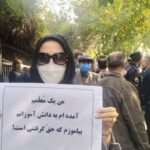
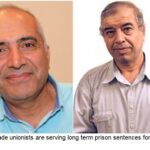
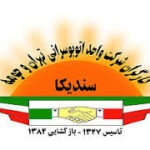
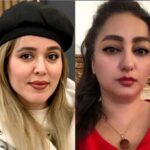

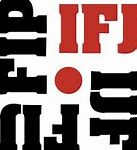



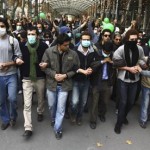
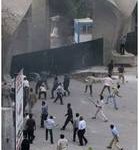
 Posted in
Posted in 